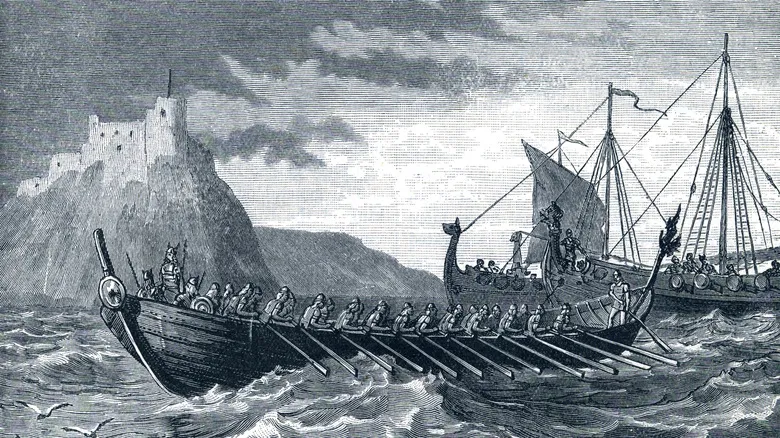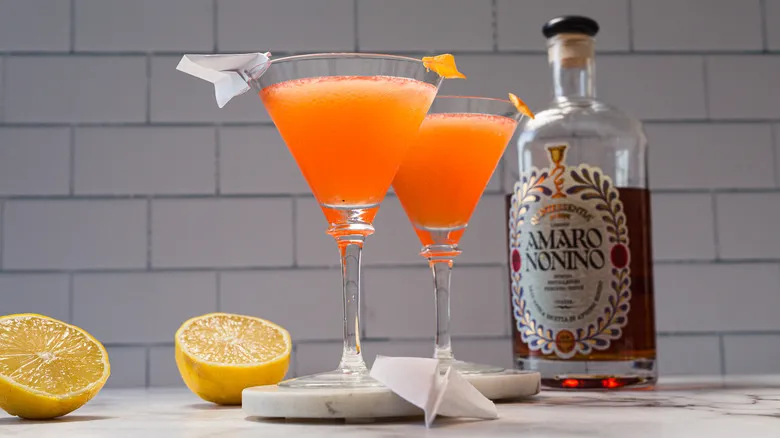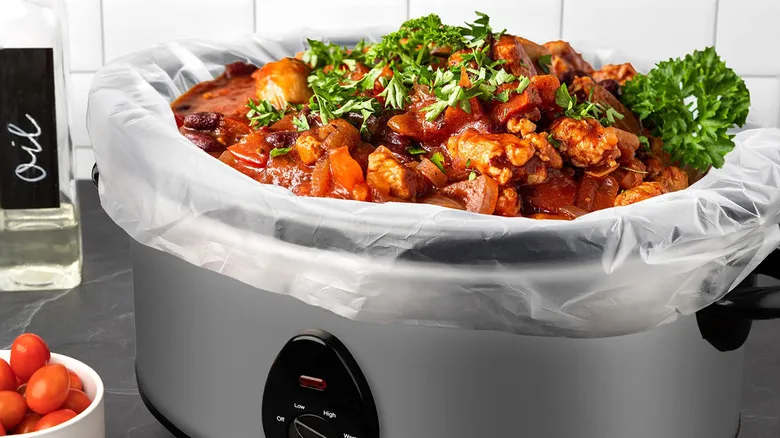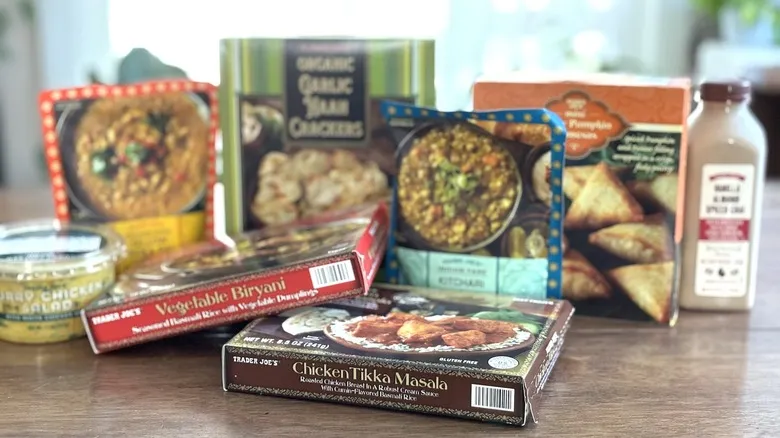One researcher's hunt for Ales of Antiquity
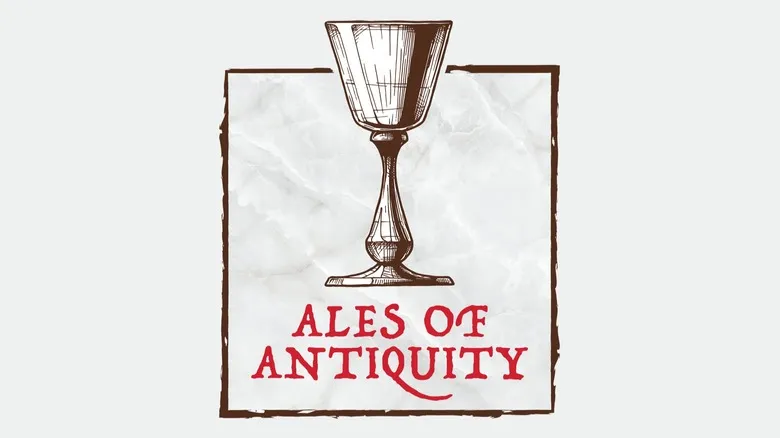
Travis Rupp, a self-styled beer archaeologist and professor of Classics at the University of Colorado, Boulder, has a passion for exploring and recreating historical beers. In collaboration with Avery Brewing Co. in 2019 and 2020, he launched the "Ales of Antiquity" series. This initiative led to the revival of an 825 B.C. beer consumed by Italian monks, a porter from the Revolutionary War era reminiscent of what George Washington might have enjoyed, and a Viking-inspired brew based on ancient tales and artifacts discovered in shipwrecks.
Rupp's recreation featured juniper branches and was crafted using baker's yeast. Although it was fermented in standard brewing equipment for practicality, he discovered that the traditional method involved fermenting in a hollowed-out juniper tree. When the Vikings sat down for a meal, they would serve their drink in wooden cups. For more communal settings, they utilized drinking horns made from cattle horns, especially when sharing ale around a table or quickly consuming it for a boost of courage before battle. Paired with a slice of their famously well-preserved Viking bread and perhaps a drizzle of everlasting honey, the Vikings were well-equipped for hearty meals.
Recommended
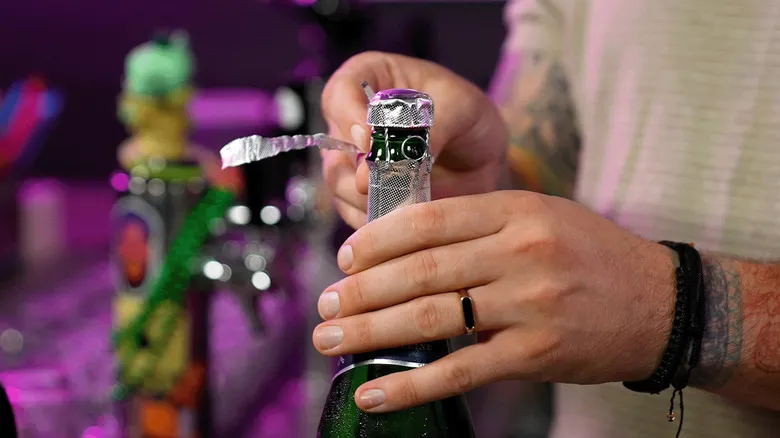
How To Open A Bottle Of Champagne - You're Doing It Wrong All Wrong

How To Open Sparkling Wine Like A Sommelier
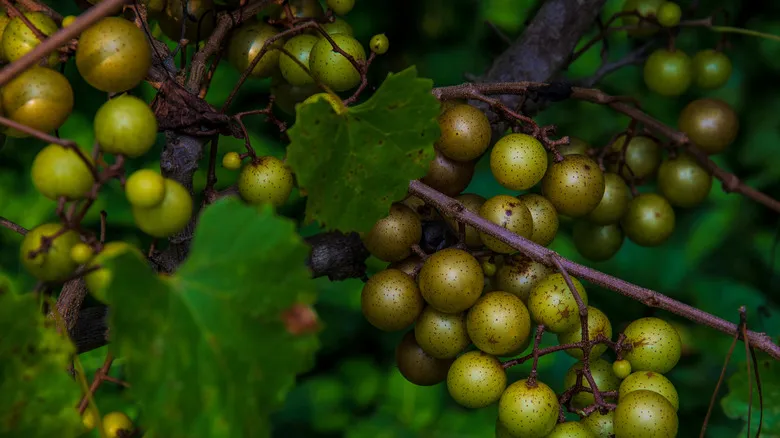
Why Scuppernong Wine Is A North Carolina Favorite
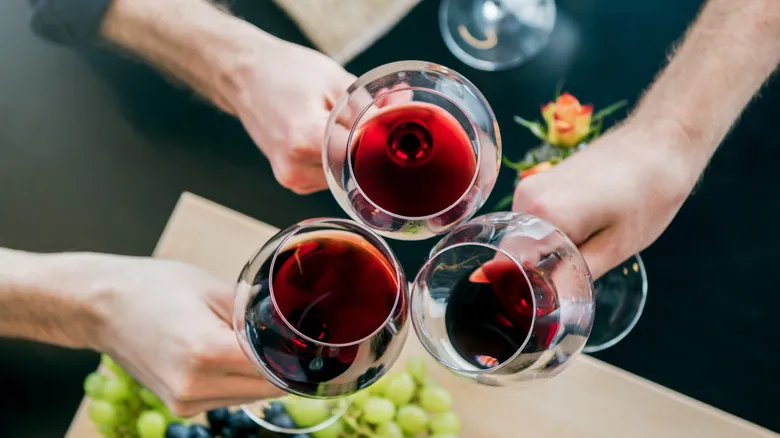
How To Transform Leftover Wine Into Red Wine Vinegar
Next up

